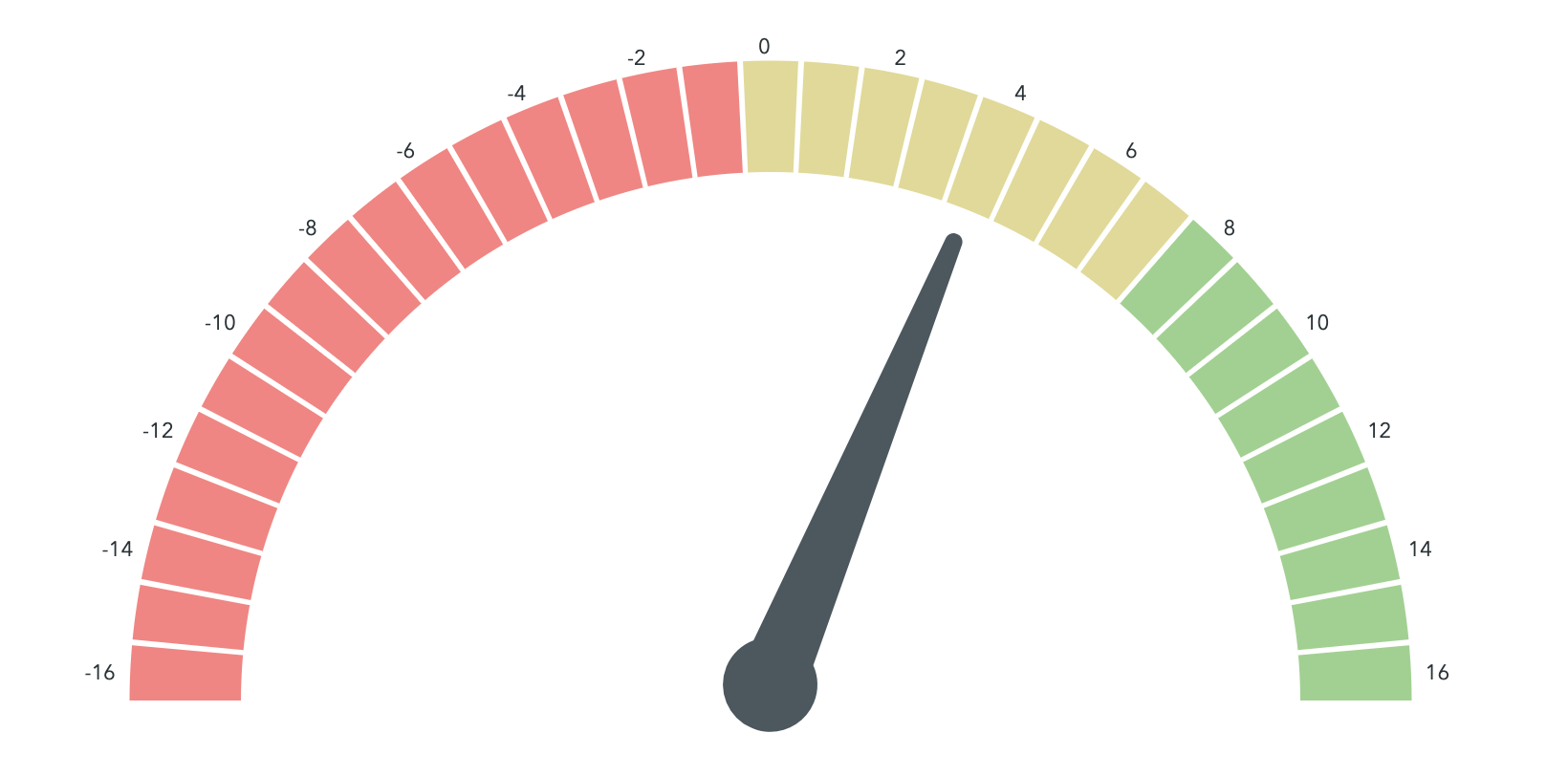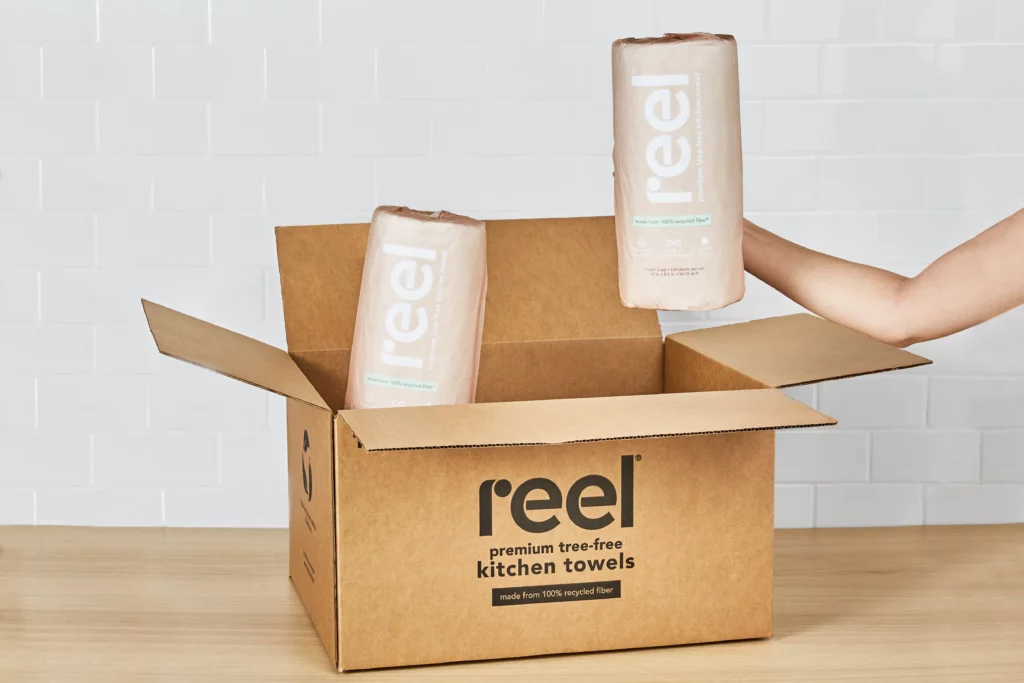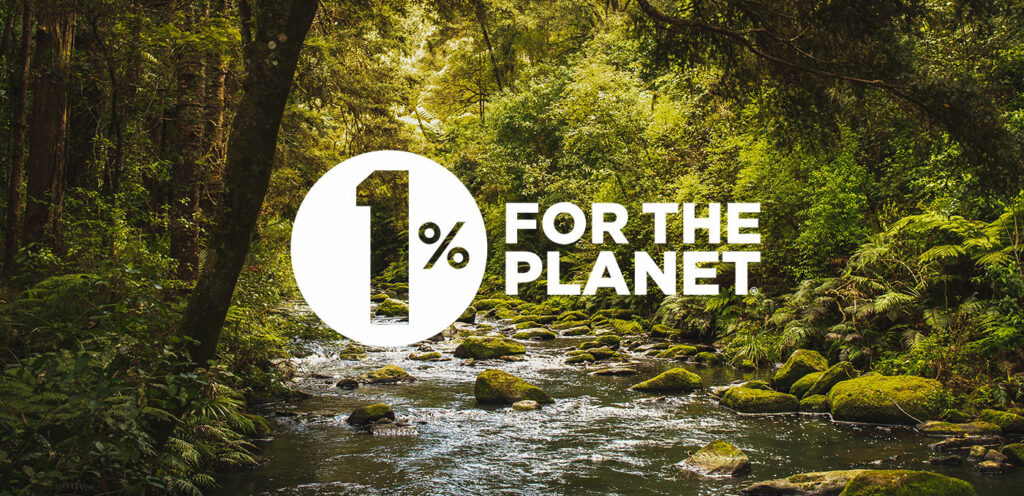Walmart’s Sustainability: The Good & The Bad
Is Walmart socially and environmentally conscious? On Karma Wallet, we rate them a 4/16. Here’s why!
July 11, 2023
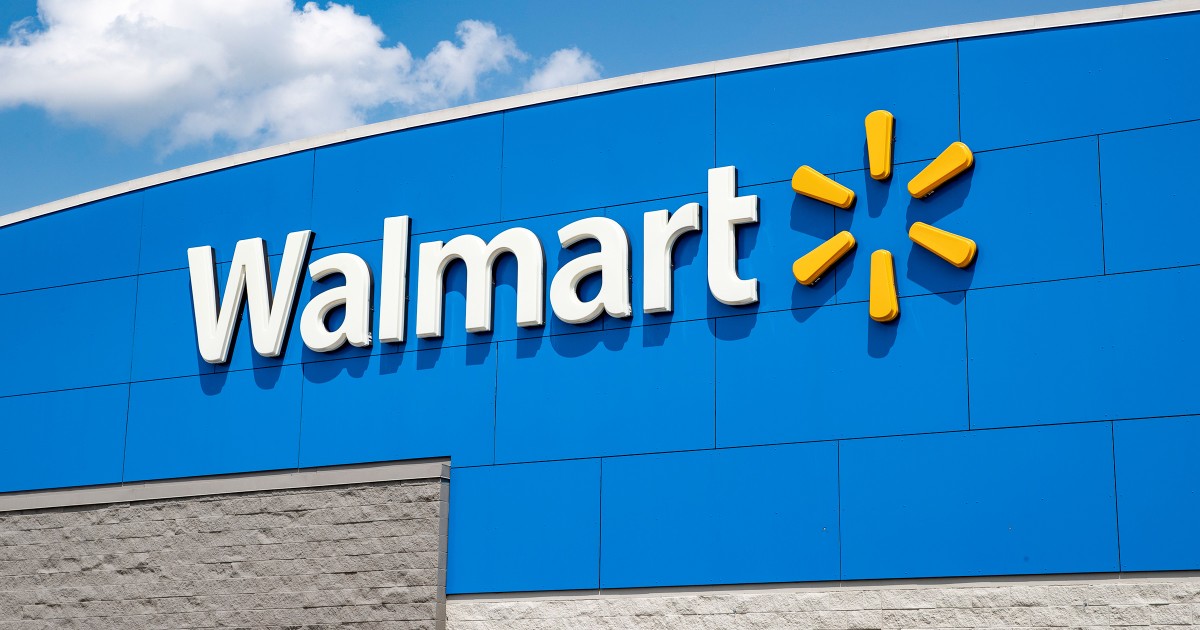
Walmart is a giant in the world of retail – and they serve over 37 million customers. Every. Single. Day. That’s over $1.5 billion dollars a day. But what does Walmart’s sustainability look like?
Let’s talk about it.
On Karma Wallet, we rate Walmart’s sustainability and social responsibility a 4 out of 16, evaluated on 11 UN SDGs.
While they have some lofty goals, they still have a long way to go to be truly sustainable. They talk about reducing their climate footprint… but also sell millions of low-priced, low quality products every day.
So, what’s the truth?
The Good
Sustainability Goals
Walmart has outlined a ton of sustainability goals and commitments – many with much sooner timelines than their competitors like Amazon. Here’s the biggest ones:
- 0 emissions across all global operations by 2040
- Utilize wind, solar, and other renewable resources to power their facilities with 100% renewable energy by 2035 (they currently power around 46% of their operations with renewables)
- Zero out emissions from all Walmart vehicles, including long-haul trucks, by 2040
- Transition to low-impact refrigerants for cooling and electrified equipment for heating in their stores, clubs, data centers, and distribution centers by 2040
- Avoid 1 gigaton of greenhouse gas emissions by 2030
- Protect, manage, or restore at least 50 million acres of land and at least 1 million square miles of ocean by 2030
- Source at least 20 key products more sustainably by 2025
- 100% recycled, reusable, or industrially compostable private-brand packaging by 2025
- 15% absolutely reduction in total virgin plastic use by 2025 compared to 2020
And those are just the biggest ones.
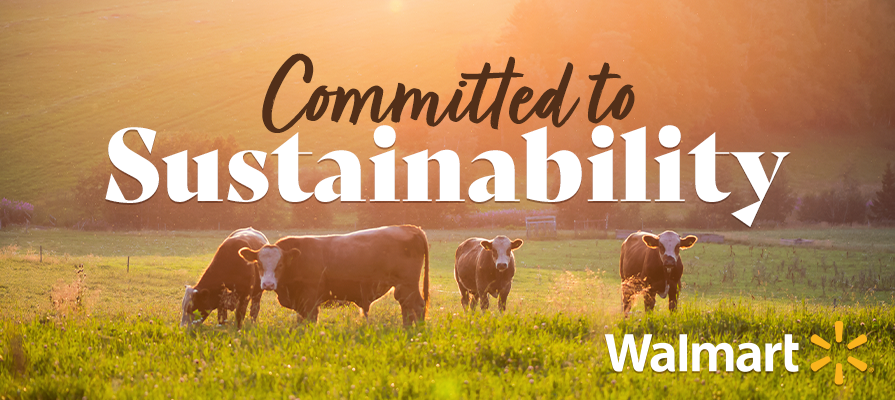
They’ve also made commitments to invest in initiatives that benefit smallholder farmers across the globe, promote fair and responsible labor practices, and donate food that would otherwise be headed to the landfill.
“It’s extraordinary,” said Michael Vandenbergh, co-director of the Climate Change Research Network at Vanderbilt Law School. “What we’re talking about is one of the largest and most conservative companies in the world making a range of commitments that government is not requiring them to make.”
While these commitments are amazing, what’s important now is that Walmart actually takes meaningful action to make these goals reality.
The Bad
Unethical Sourcing
Wonder what the true cost of cheap groceries is? Unfortunately, with Walmart it is unethical sourcing.
The advocacy group Food Chain Workers Alliance (FCWA) dug into Walmart’s supply chain and discovered violations throughout Walmart’s sourcing.
And while FCWA acknowledges the recent commitments Walmart has publicly stated around fair labor and ethical sourcing, they state:
“Walmart’s commitments to improving standards appear to be mostly a public relations stunt and haven’t translated to improvements in conditions for most of its food supply chain.”
FCWA states that Walmart engages in systematic abuse of migrant workers in the USA and across the globe. Here’s some examples:
- Walmart’s farm-raised shrimp ties into exploitative fishing practices in the Pacific alongside a labor-trafficking system
- A Walmart egg supplier was caught for discriminatory practices in intrusive screening of immigrant workers
- One of Walmart’s lettuce suppliers, Taylor Farms, is part of a wage-theft class-action lawsuit over alleged union-busting and abuse of migrant workers in California
- In 2012, Walmart cut ties with CJ’s, a seafood processor, after workers complained of 80-hour work weeks, wage theft, and threats from employers who sponsored their guest-worker-visas

Greenhouse Gases
Maritime shipping causes 3% of the world’s greenhouse gas emissions.
And Walmart is one of the largest maritime shippers – in 2021 they generated more greenhouse gas emissions than a coal-fired power plant.
Between 2005 and 2010, Walmart’s reported emissions increased by 14%.
While they promise to improve energy efficiency and cut emissions, they’re still producing more greenhouse gas emissions annually than many small countries.
Waste & Product Quality
To put it simply, Walmart sells low-quality products at cheap prices. These shoddy products break and are thrown away at higher rates, piling up in our landfills.
Plus, their products often rely on tons of single-use plastic packaging.
As Walmart’s e-commerce department grows, this increases single-use shipping packaging as well.
In 2021, a California attorney general accused Walmart of failing to dispose of toxic items like batteries, e-waste, and cleaning supplies. They stated that they dump nearly 1 million of these items illegally in California landfills.
A previous lawsuit was filed in California in 2010, where Walmart paid out $25M. It also paid out $1.25M to Missouri in 2012 for a similar lawsuit. And in 2013, Walmart pleaded guilty to 6 federal misdemeanors for negligently discharging pollutants into drains in California, part of a $81M deal that included charges in Missouri.
Basically… complaints against Walmart’s sustainability are not new at all.
Walmart’s Sustainability Company Rating
We considered all the factors when it comes to Walmart’s sustainability. We looked at 30+ third-party data sources, then aligned that data to the UN SDGs.
What we found is that Walmart deserves a rating of 4 out of 16, evaluated on 11 UN SDGs.
While they have made huge sustainability commitments for a company of their size, they still have problems with unethical sourcing, greenhouse gas emissions, waste, product quality, and fair labor practices.
Time will only tell if Walmart’s sustainability goals are the real deal or greenwashing.
Explore their rating on Karma Wallet to learn more!


